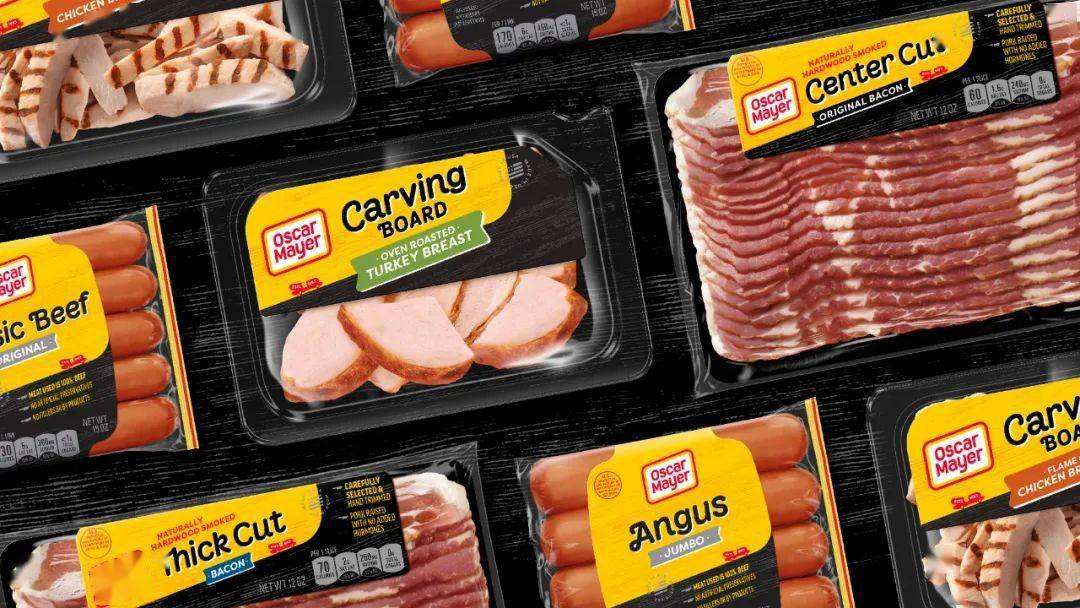Source: Link Testing Instruments Co.,Ltd.

What to do if the meat product packaging expands after cooking and sterilization?
Packages of finished meat products after retort and sterilize often appear to bulge, and in severe cases, bags may even break in the retort and sterilizer equipment. This phenomenon is usually caused by improper pressure control of the sterilizer during the sterilization process. During the sterilization process, the sterilization temperature is high, the moisture, oil and other components in the meat products are heated and vaporized, and the residual gas in the package is heated and expanded, so the pressure in the package will increase accordingly. Controlling a certain pressure in the sterilization equipment, on the one hand, can quickly reach the required sterilization temperature, and on the other hand, it can be balanced with the pressure in the packaging to prevent the packaging bag from deforming, expanding, or even breaking the bag. Therefore, during the cooking and sterilization process, the pressure control in the sterilization equipment is very important.
How to solve the problem of leakage at both ends of the aluminum buckle-sealed sausage package?
Quality issues:
The two ends of the sausage package sealed with aluminum buckles often leak due to poor sealing, causing mildew at both ends of the sausage.
Cause Analysis:
(1) Packaging materials
• Poor flexibility—it is relatively brittle, and the packaging material will be damaged during the kink process with the aluminum buckle. It can be verified by tensile elongation, modulus of elasticity, and pendulum impact energy tests.
(2) Finished product packaging process
• The twisting force of the aluminum buckle is not appropriate—that is, the aluminum buckle is twisted too tightly or too loosely, resulting in damage to the packaging material or poor sealing of the finished package, which will cause leakage at both ends of the sausage.
Expert advice:
——Pay attention to the monitoring of key properties such as tensile elongation and elastic modulus, pendulum impact resistance, and sealing performance (negative pressure method) of the packaging, especially the monitoring of the sealing performance of the finished packaging during the production line.
——Choose a flexible packaging material, and the kink force of the aluminum buckle should be appropriate.
Why does the heat seal part of the meat product packaging leak?
Quality issues:
Liquid leakage often occurs in the heat-sealed parts of meat product packaging bags with high liquid content.
Cause Analysis:
(1) Packaging materials
• Poor heat-sealing performance—during the packaging process of meat products, small particles such as liquid droplets or ingredients of meat products often stick to the heat-sealing opening. If the film material used as the heat-sealing layer of the packaging bag is not properly The heat-sealing strength of the part mixed with fine particles is easy to decrease, and the sealing performance becomes poor. It is easy to leak when it is squeezed by external force or stored for a long time. This can be verified by testing the heat seal strength of finished bags, empty bags not filled with contents.
(2) Finished product packaging production process
• Poor sealing performance of the heat-sealing port—if the parameters of the heat-sealing equipment are not set properly, the sealing quality of the heat-sealing part may be poor, poor heat-sealing or excessive heat-sealing may occur, and liquid leakage may occur at the heat-sealing part.
Expert advice:
——Pay attention to the daily monitoring of main performances such as heat-sealing strength (empty packaging bag), heat-sealing strength (finished packaging bag), and sealing performance (negative pressure method) of the packaging.
——Select packaging materials that are resistant to inclusions and have good heat-sealability (that is, when the heat-seal is stained with debris, liquid droplets, powder and other particles, it still has good heat-sealability), or appropriately increase the thickness of the heat-seal layer material.
——Adjust the heat-sealing process parameters to avoid fine particles sticking to the heat-sealing part and ensure the heat-sealing part has good heat-sealing quality.
Typical quality cases:
——Test sample: chicken feet packaging bag (the customer reported that liquid leakage occurred at the heat seal of the packaging bag during the transportation or sales of the finished product packaging).
——Targeted testing items: sealing performance (negative pressure method), heat sealing strength (finished product packaging).
——Test results: In the sealing performance (negative pressure method) test, when the finished product of chicken feet is packaged at -80KPa (because the product is in the form of vacuum packaging, the pressure when leakage occurs is higher than that of ordinary packaging), there is no leakage at the heat seal. Air leakage; the uniformity of the heat-sealing strength of the finished product packaging is poor, the heat-sealing strength of the well-sealed part can reach 55N/15mm, and the heat-sealing strength of the poorly-sealed part is only 13N/15mm. Therefore, the poor sealing uniformity at the heat seal of the package is an important reason for the leakage of the heat seal.
For more details please visit www.linktesting.org